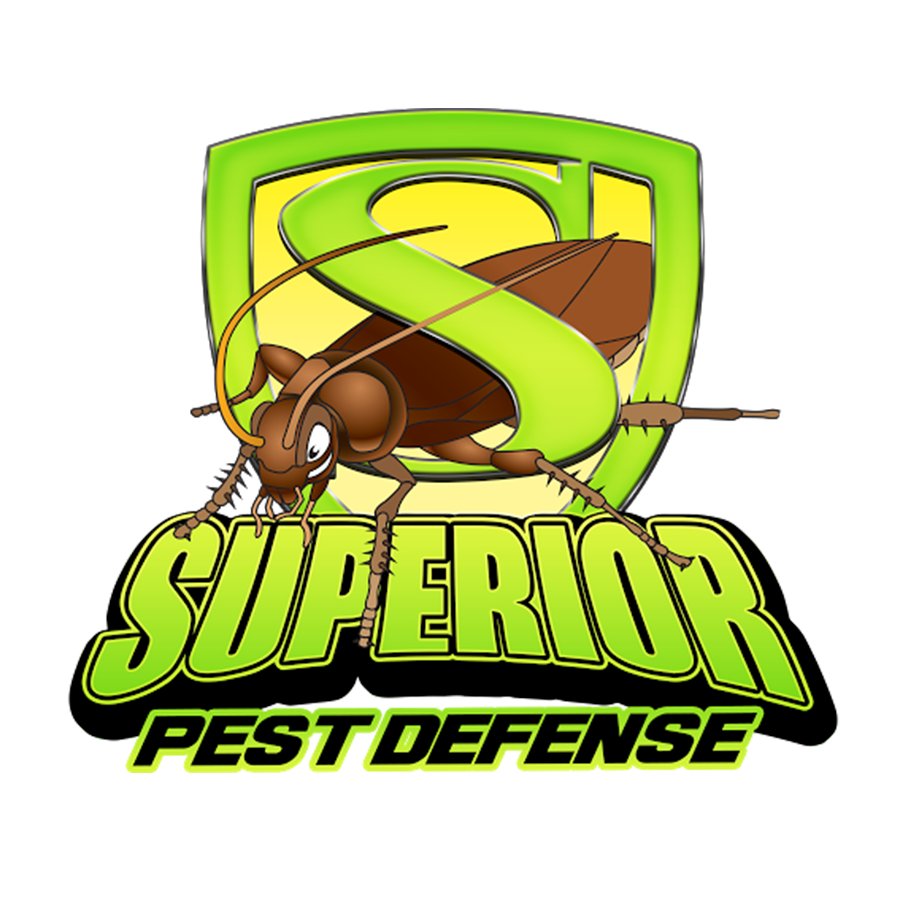Small pests and rodents aren’t the only things trying to get into your house. Raccoons, opossums, and skunks often find their way into our attics and under our porches which can be a nuisance not to mention can cause damage to the structure of your home. Live-trapping is the best option to humanely remove pests from your home and property.
Benefits of Live Trapping
Those raccoons in the attic are a nuisance but they are so cute. You want them gone but you don’t want to hurt them. Live-trapping helps both people and the animals by getting rid of the problem for the homeowner and releasing the animal somewhere where it won’t come into contact with humans.
How To Trap
Live traps come in many sizes depending on what you are trying to catch. It’s important to not have a trap too small or the animal will either be too big to be caught or be very uncomfortable. If the trap is too big it can escape through the holes in the wire.
Baiting
Again this depends on what you are trying to catch and what kind of trap you are using. If you are using a trap that opens on both ends place the bait carefully on the middle tray. If the trap only opens at one end place the bait as far back as you can.
Chipmunks and Squirrels
Nuts, peanut butter, rolled oats or seeds. Use small to medium traps.
Raccoon and Opossum
Cat food, lunch meat, or cracked corn. Use caution when releasing these animals since they can be very aggressive and carry diseases like rabies. Use large traps.
Skunk
First of all skunks are the worst pest to trap since preventing them from spraying is almost impossible. But if you are willing to take the risk; sardines, fish, cat food, garden veggies are ideal foods to use in a large trap. Cover the trap with a tarp beforehand so the skunk cannot see you or spray you. Use extreme caution when handling and releasing. If you’re unfortunate enough to get sprayed, wash yourself and clothes with tomato juice, vinegar, hydrogen peroxide, or deodorizer made from orange-peel extract to remove the odor.
Woodchuck
Beans, lettuce, carrots, and apples. Place the trap near their burrow entrance. Large traps.
Use Caution
Though these animals look cute and cuddly they can be extremely aggressive when trapped and will try to bite you if you get close. Always open the cage away from people and be sure to disinfect the cage afterward.
